Study identifies tentative migration routes and pinpoints ‘high priority’ areas for marine conservation
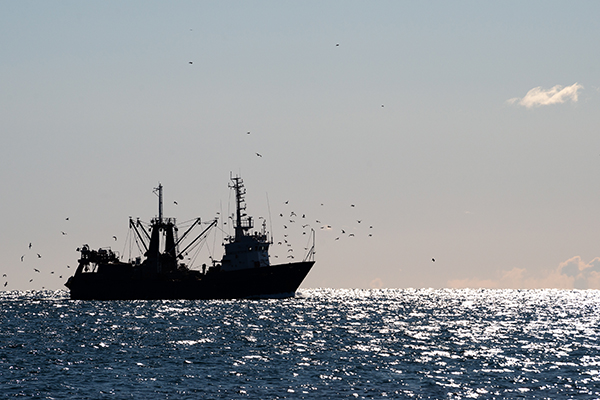
If marine conservation efforts focused on large pelagic fishes (such as tuna, blue marlin and swordfish) are to be successful, it requires targeting four “high-traffic areas” in the Pacific Ocean as a high priority, says a new study published in Sustainability.
Researchers at the University of British Columbia’s Sea Around Us initiative studied the tendency of fish to return to their birthplace to reproduce and paired that knowledge with catch distribution maps and tagging and genetic sequencing studies.
“We applied the concept of philopatry to the movements extracted from tagging studies of species such as the near-threatened Pacific bluefin tuna and the heavily-fished yellowfin tuna,” said Veronica Relano, a Ph.D. candidate with the Sea Around Us and lead author of the study. “We also combined this information with the links between populations inferred from genetic studies. This allowed us to identify tentative annual migration cycles.”
The study identifies the tentative migration routes of 11 tuna and other large pelagic fish in the Pacific Ocean and determines that certain areas should be considered “high” and “very high” priority when it comes to maintaining their populations.
“The interesting thing is that when we compared our proposed migration routes and the mapped catch data from 1950 to 2016 available on the Sea Around Us website, we found many coincidences,” said Relano. “Clearly, the accuracy of these routes is reinforced by considering philopatry, although they are still tentative.”
After analyzing the seasonal migration paths of each of the 11 fish species individually, the researchers superposed them and noticed that several species and populations of these large pelagic fishes use the same migration routes.
Bottom trawling linked to high greenhouse gas emissions in MPA-supporting study
“Those high-traffic areas, two of which are in northeastern and central sections of the Pacific Ocean and two in the southwestern and central sections, should become parts of blue corridors,” said Dr. Daniel Pauly, co-author of the study and the Sea Around Us principal investigator. “[These] are routes where strict fisheries management measures or partial bans of industrial fishing ought to be enforced to allow for increased connectivity of habitats and thus allow populations of marine species to maintain themselves.”
However, before setting up any protected area to support the re-building of diminished fish populations, Pauly said it’s important to consider the entire body of knowledge available on the migrations and movements of different species.
“This is what we set out to do with this study,” he said. “Our findings suggest in which areas such efforts would be more effective, but as stated in our title, the closed migration cycles we propose are tentative, and thus it would be nice if other researchers set out to test their validity.”
Follow the Advocate on Twitter @GSA_Advocate
Now that you've reached the end of the article ...
… please consider supporting GSA’s mission to advance responsible seafood practices through education, advocacy and third-party assurances. The Advocate aims to document the evolution of responsible seafood practices and share the expansive knowledge of our vast network of contributors.
By becoming a Global Seafood Alliance member, you’re ensuring that all of the pre-competitive work we do through member benefits, resources and events can continue. Individual membership costs just $50 a year.
Not a GSA member? Join us.
Author
-
Responsible Seafood Advocate
[103,114,111,46,100,111,111,102,97,101,115,108,97,98,111,108,103,64,114,111,116,105,100,101]
Tagged With
Related Posts
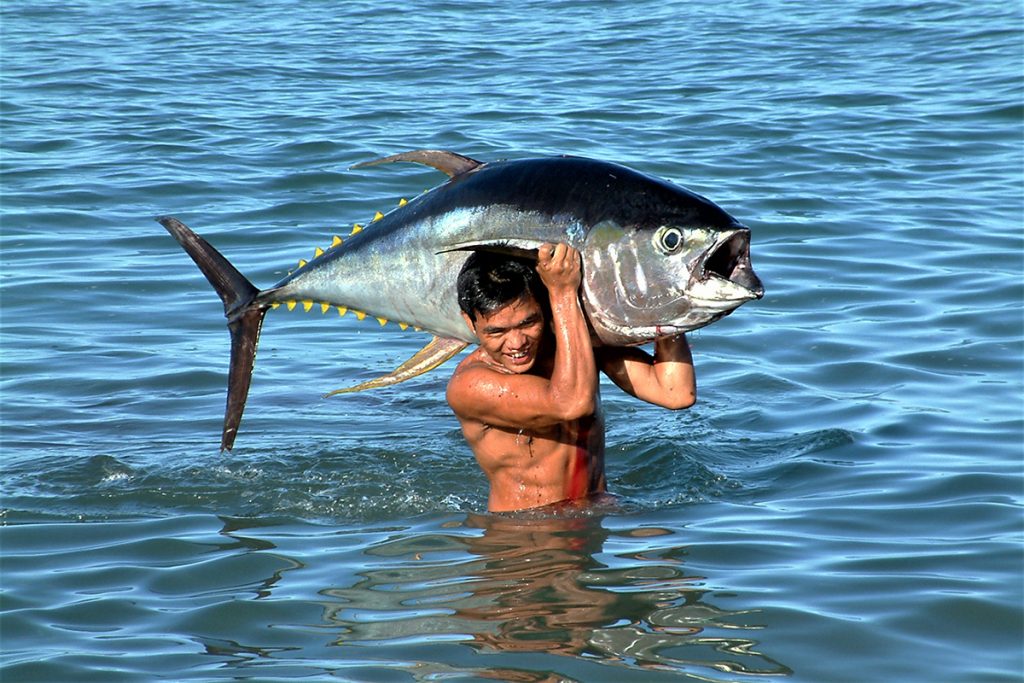
Responsibility
Protection and conservation of seafood security, marine biodiversity and threatened species
Study argues for the protection of 30 percent of the world’s oceans by 2030 to conserve biodiversity, avoid extinctions and maintain food security.
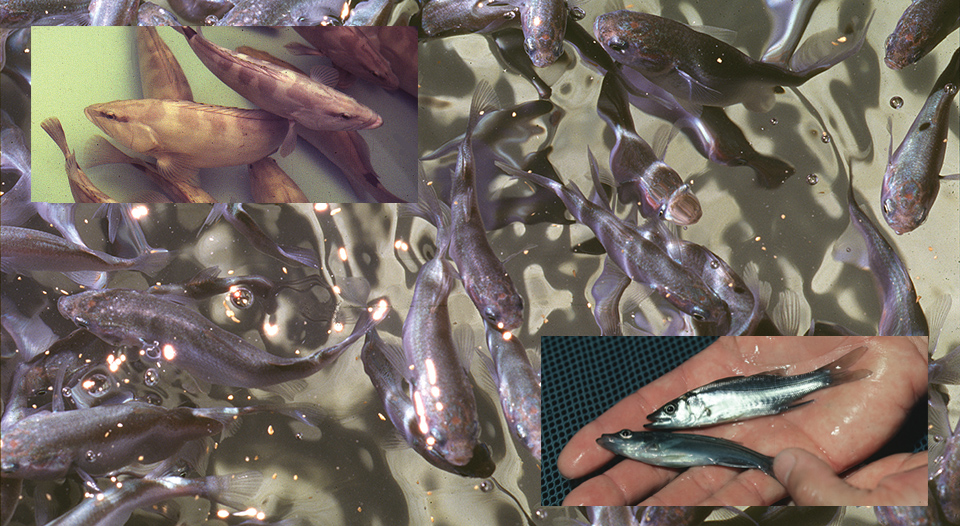
Health & Welfare
Marine fish stocking studies demonstrate species adaptability, environmental quality
Stocking marine fish in coastal impoundments in Florida, USA, has demonstrated improved habitat quality and given hatchery fish a transition to open water.
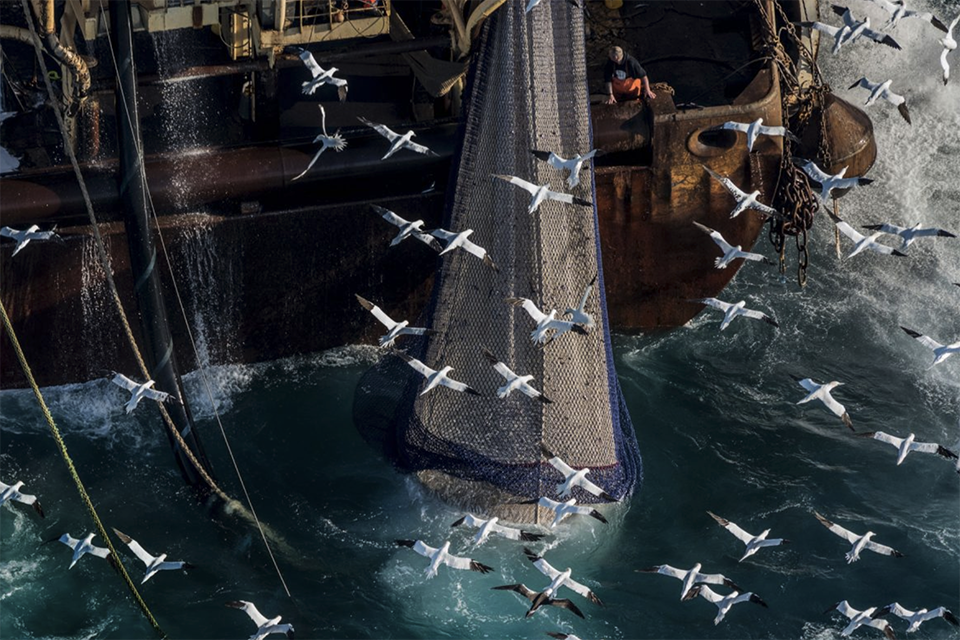
Fisheries
Newly established Global Fishing Index says nearly half of global fish stocks overfished – but is it right?
The decline in fish populations is "far worse" than previously estimated, according to the Global Fishing Index, a new assessment of fish stocks. One noted expert, however, disagrees.
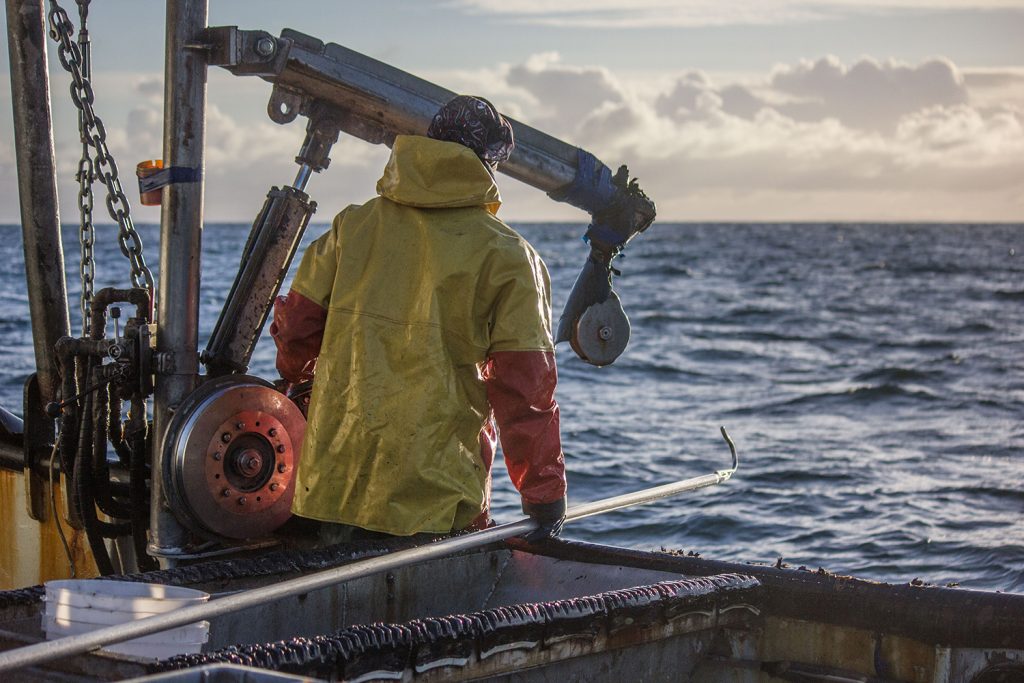
Fisheries
Artificial intelligence is already helping improve fisheries, but the trick is in training the tech
Artificial intelligence is providing valuable data to fisheries, cutting costs and the need for human review. Can the technology be perfected?



